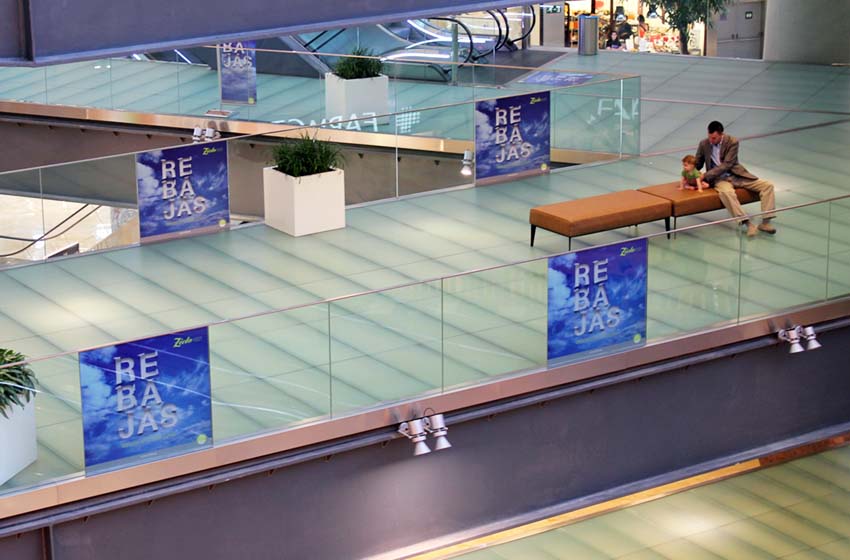Curiosities about the world of glass
Glass, a transparent and versatile material that we use in countless aspects of our daily lives. What's really interesting is that it has a fascinating history dating back thousands of years. Glass production began around 5000 BC, and since then, it has evolved to become a key role player in our society. Many of the everyday objects we use are made of glass or at least partly made of glass.
In the ancient lands of Pharaonic Egypt, glass beads were discovered, early signs of the mastery of drawing and molding techniques used in the production of this versatile material. Roman sites also testify to the long tradition and refinement of these techniques over the centuries, leaving us with evidence of the extensive use of glass beads by the Empire.
Glass, in its basic form, is composed primarily of sand. The exact proportions of the mixture include approximately 60% of quartz, 20% of soda and sulfate, and 20% of limestone and dolomite. These ingredients are combined and subjected to extremely high temperatures, reaching 1600 degrees Celsius to melt. This melting process is essential to transform the raw materials into a viscous liquid that, when cooled, becomes glass.
A curious fact about standard glass production is that it works with multiples of 3. This structural approach not only improves the stability of the material, but also brings remarkable aesthetics and symmetry to glass products.
When multiples of three are used in glass manufacturing, visual and structural symmetry is sought. This principle is often applied in the creation of patterns, mosaics, and in the arrangement of glass elements in windows, doors, and other glass products. The idea is that the repetition of units in multiples of three creates visual harmony and a sense of balance.
Today, glass has become an integral part of our daily lives. From the elements present in our home that give us comfort to the electronic devices we use, glass plays an essential role. Its ability to be molded into various shapes, its durability and its transparency make it a unique and appreciated material in various industries.
In addition, glass is considered a sustainable material for several reasons, including environmental, social and economic aspects:
- Recyclability: Glass is highly recyclable, which means that it can be processed and reused over and over again without losing quality.
- Durability: Glass is a durable and wear-resistant material. Glass products, such as containers and vessels, have a long service life, which means that they do not need to be replaced as frequently as some disposable materials.
- Chemical inertia: Glass is chemically inert, which means that it does not release toxic substances or pollutants into the environment. This makes it safe for storing food and pharmaceuticals, and reduces the negative impact on human and environmental health, making it also very suitable for construction or decorative materials.
- Abundant raw materials: The raw materials used to manufacture glass, such as sand, are abundant and available in nature. They do not depend on scarce resources or sources that can be quickly depleted.
- Versatility: Glass is a versatile material that can be used in a wide variety of applications, from packaging and windows to artistic and architectural products. Its versatility contributes to reducing the need for other less sustainable materials.
- Energy efficiency: Although glass manufacturing involves high temperatures to melt the components, modern technologies have improved the energy efficiency of the production processes. In addition, the use of glass in buildings can contribute to the energy efficiency of buildings by allowing more natural light to enter.
It is important to note that, although glass has sustainable advantages, its overall sustainability also depends on responsible practices at all stages of its life cycle, from the extraction of raw materials to proper waste management.
Issues that we at SEVASA take very much into account and for which we have designed and stipulated serious action protocols.
To conclude, glass is not simply a material; it is a molten wonder that has ocercome the challenge of time, evolving from its modest beginnings in ancient Egypt to become an essential component of our modern civilization. In our case it is...
our way of life!




